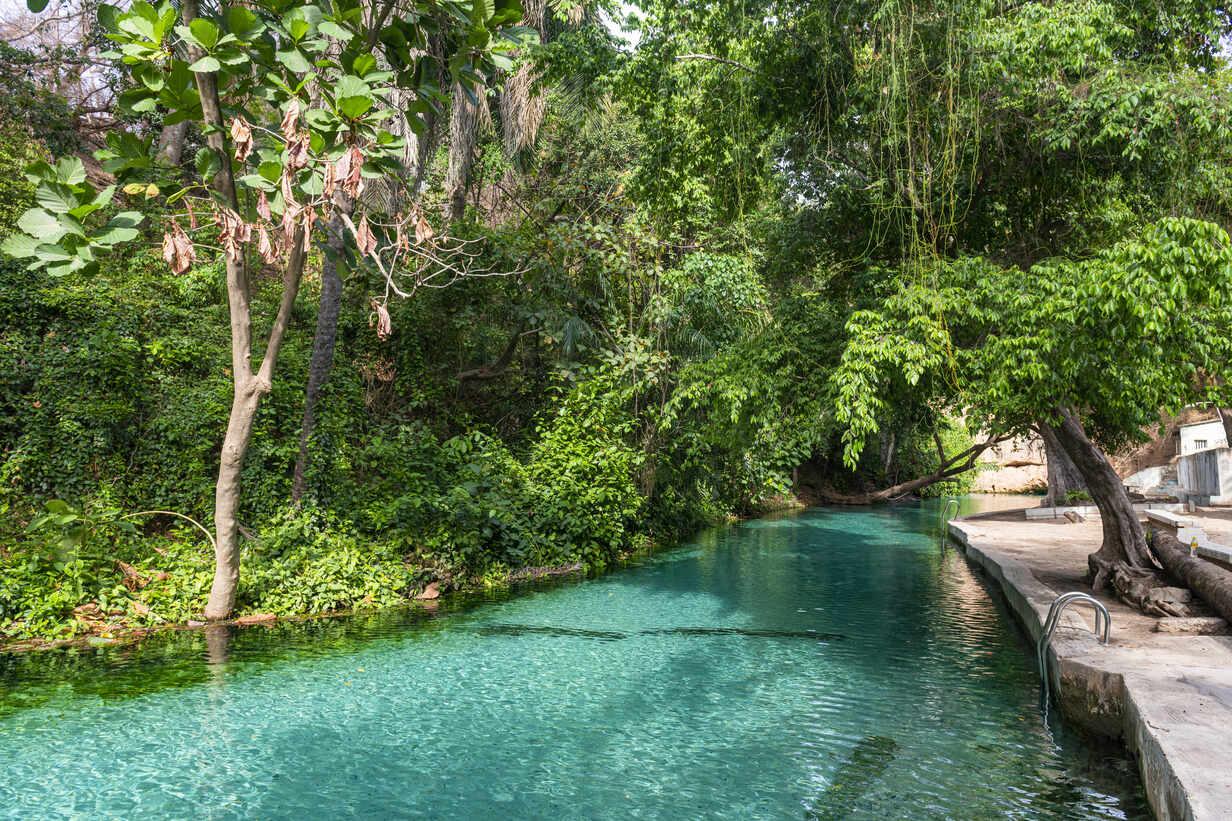Yankari National Park, situated in the south-central part of Bauchi State in northeastern Nigeria, stands as proof of the nation’s commitment to preserving its diverse flora and fauna. Covering an extensive area of about 2,244 km2 (866 sq mi), the park boasts a rich history, abundant wildlife, and captivating geological features, making it a favoured destination for both local and international tourists.
Read more about Tourism
History
Originally designated as a game reserve in 1956, Yankari became Nigeria’s largest national park in 1991. It holds a unique place in Nigeria’s tourism sector, serving as a cornerstone for the development and promotion of ecotourism in the region. Over the years, Yankari has evolved from a Bauchi Native Authority Forest Reserve to a premier game reserve, officially becoming a National Park by decree in 1991.
The park’s history intertwines with the efforts of Alhaji Muhammadu Ngeleruma, a minister in the former Northern Nigeria Ministry of Agriculture and Natural Resources. Inspired by a visit to a Sudanese game reserve during a trip to East Africa, he championed the establishment of a similar reserve in Nigeria. In 1957, the region was carved out as a Bauchi Native Authority Forest Reserve, and Yankari opened its doors to the public as a premier game reserve on December 1, 1962.
Wildlife
Yankari National Park serves as a vital refuge for over 50 mammal species, including iconic African bush elephants, olive baboons, patas monkeys, roan antelopes, lions, and hippopotamuses. Unfortunately, the lion population is currently on the brink of extinction, highlighting the need for conservation efforts. The park is also a haven for bird enthusiasts, with over 350 species of birds, including the majestic saddle-billed stork, Helmeted guineafowl, African grey hornbill, and the elegant cattle egret.
Since 2005, Yankari has been recognized as a Lion Conservation Unit, along with Kainji National Park, emphasizing the park’s commitment to preserving these magnificent creatures.
Sign up for the Connect Nigeria daily newsletter
Archaeological and Geological Features
While Yankari National Park is celebrated for its wildlife, it also holds traces of earlier human habitation. Archaeological sites within the park reveal old iron smelting sites and caves, offering a glimpse into the region’s rich history. The furnaces, damaged by centuries of exposure, stand as silent witnesses to the bygone eras.
Geologically, the park is based on the Tertiary-aged Kerri Formation, characterized by sandstone, siltstones, kaolinites, and grits. Beneath this lies the Cretaceous-aged Gombe development, consisting of sandstones, sediment stones, and ironstones. The park’s landscape is further enriched by the valleys of the Gaji, Yashi, and Yuli Streams, filled with Alluvium of later age.
Climate
Yankari experiences a distinct climatic pattern, with the rainy season spanning from May to September and the dry season accompanied by the harmattan wind from the Sahara. Night temperatures can fall as low as 12°C (53°F), while the hottest period occurs in March and April, with daytime temperatures exceeding 40°C (104°F).
Register to attend the CN Business Mixer
Final Thoughts
Yankari National Park stands not only as a wildlife haven but also as a keeper of Nigeria’s historical and geological narratives. As tourists embark on safaris through the vast savanna, explore archaeological sites, and witness the incredible diversity of flora and fauna, they contribute to the park’s legacy as a crucial hub for conservation and ecotourism in West Africa.
Got a suggestion? Contact us: [email protected]


